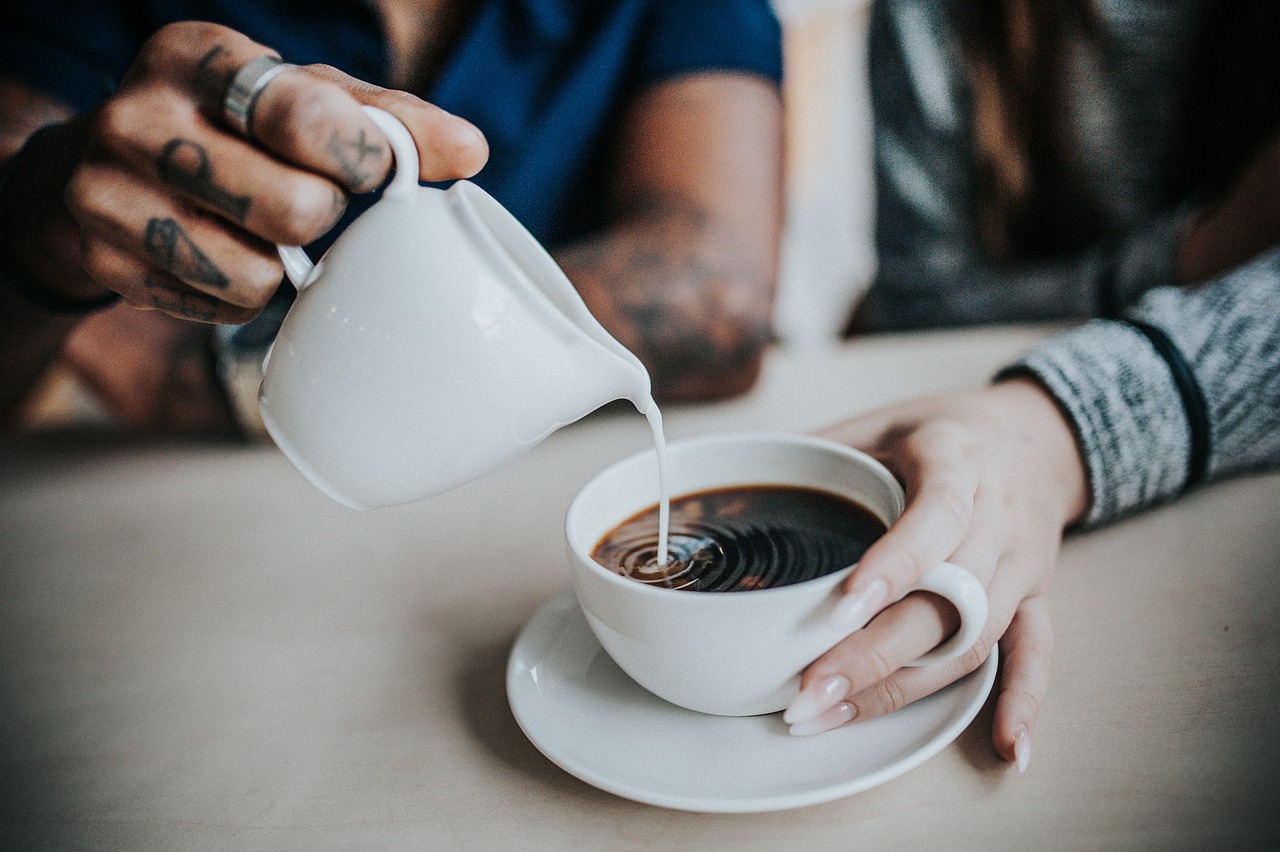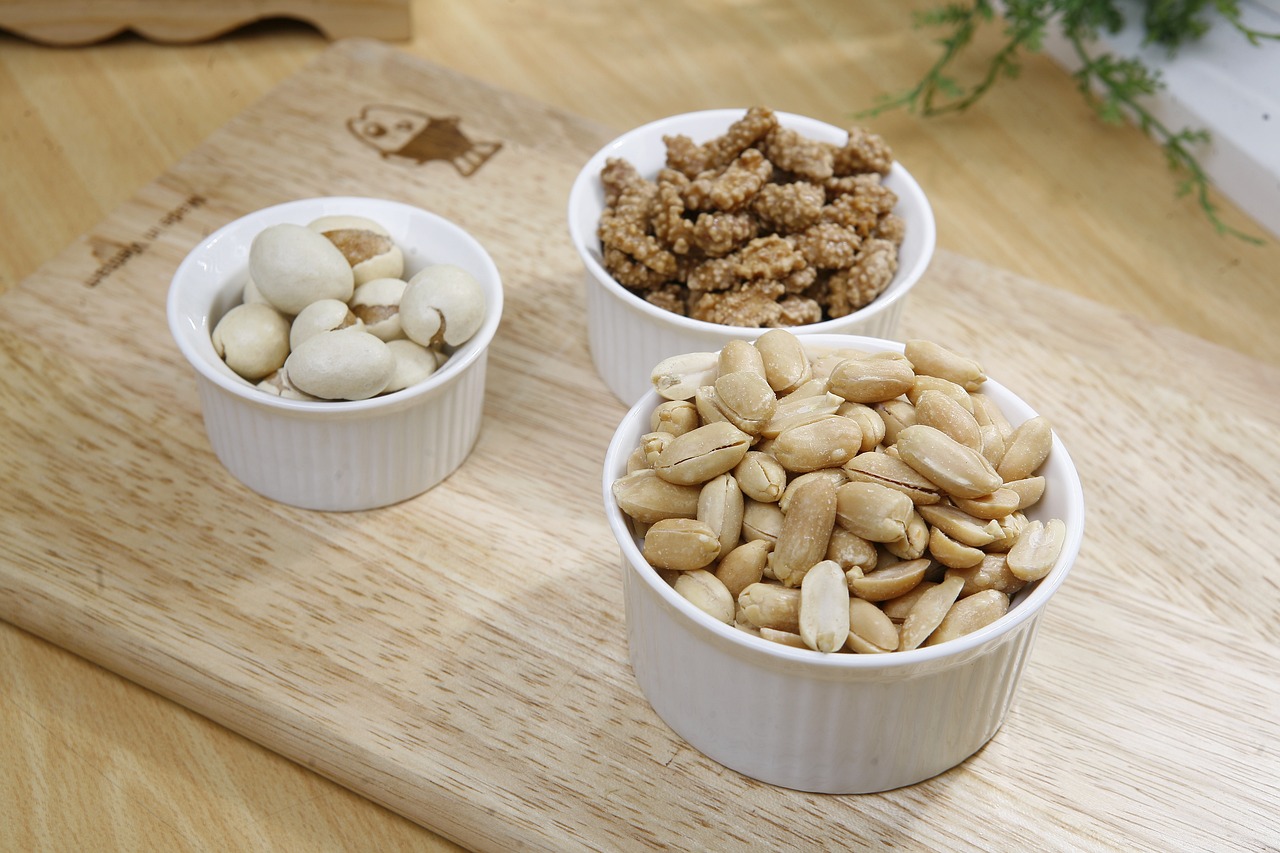Elderly and Diabetes
This article is translated with AI and is based on Swedish conditions. Hopefully, it can inspire those interested from other countries.
Treatment of diabetes is a combination of food, exercise, and medication. Many elderly people have diabetes but it's not always that one chooses to initiate drug treatment. It is especially important to contact a nurse when a resident with diabetes gets a fever, as some medications may need to be discontinued. Be vigilant about sore feet and other symptoms of diabetes.
 Foto: Mostphotos
Foto: MostphotosIt is crucial to detect diabetes even in the most fragile elderly and to diagnose it, despite the fact that it does not always result in the initiation of medication. Treatment of diabetes should be individualized. When the remaining life span becomes shorter, the most important thing is to avoid disturbing symptoms of the disease. In addition to medication, diet and physical activity are parts of the treatment.
Signs of diabetes
Weight loss, lack of appetite, sore feet, large amounts of urine, fungal infections especially in the genital area, and fatigue can be signs of diabetes.
Examination of foot status is even more crucial in the oldest. Foot care should be done by a specialist. If late complications, such as decreased sensation in the feet and lower legs have occurred, we must detect and if possible treat these. People with diabetes have an increased risk of developing both Vascular dementia and Alzheimer's. Depression is more common in people with diabetes. There is reason to regularly do retinal screening, as eye damage is common.
If the elderly person risks becoming dehydrated, for example in connection with fever, a nurse should be contacted. Some tablet treatment should be discontinued during dehydration, impaired kidney function or acute infection to avoid causing damage. The resident and relatives should of course be informed that the medicines are temporarily discontinued.
Blood sugar checks - what is a normal blood sugar
The doctor and nurse make an assessment of how often blood sugar checks should be done. It depends on whether the resident has quick-changing blood sugar. Follow-ups and reassessments of treatment should be done when needed and in addition an annual follow-up. Often the HbA1c test is then taken.
In a healthy person, normal blood sugar is between 4 – 6 mmol/L. It is usually referred to as fP-Glucose. The limit values for when a nurse should be contacted at blood sugar sampling can vary somewhat between different healthcare providers but can often be if it falls below 5 mmol/L or exceeds 20 mmol/L.
The risk of low blood sugar is a warning signal. Blood sugar may need to be checked at night. Low blood sugar increases the risk of falls. It can also be confused with cognitive impairments or mental symptoms, which can lead to treatment with psychopharmaceuticals on incorrect indication. Low blood sugar can cause both cardiac arrhythmias and sudden death.
Beta blockers can mask symptoms of low blood sugar. At low blood sugar levels, a conscious patient can get 4 pieces of grape sugar, a glass of milk and a sandwich, honey water or 1 dl of juice. An ambulance is called if the patient is unconscious. If possible, Glucagon 1 mg can be given subcutaneously or intramuscularly while waiting for the ambulance to arrive.
High blood sugar levels lead to increased thirst, fatigue and increased urine production. Insulin-treated residents often have a prescription for how high blood sugar should be handled.
Blood sugar checks should always be taken in the event of symptoms of acute infection, new disease, reduced food intake and cortisone treatment. In addition, blood sugar is taken in the event of symptoms of high or low blood sugar levels. Symptoms can be confusion, decreased attention, slurred speech, abdominal pain, vomiting, unclear fall trauma, seizures, unconsciousness, thirst, large amounts of urine, repeated urinary tract infections, fungal infections and unclear fatigue.
Symptoms of low blood sugar
Low blood sugar, or hypoglycemia, is a condition where the blood sugar level drops below normal levels. This can occur in people with diabetes who take insulin or other blood sugar-lowering medications, but it can also affect others. Here are some important symptoms of low blood sugar that you should be aware of:
Tremors One of the most common early symptoms of low blood sugar is shaking or trembling, especially in the hands. This is because the brain is dependent on glucose (sugar) as fuel, and when the sugar level drops, it can lead to shaking.
Sweating Cold sweats and excessive sweating are common signs of hypoglycemia. Sweating is the body's way of trying to lower blood sugar levels.
Weakness and fatigue A sudden feeling of weakness, fatigue, and lack of energy can be an indication of low blood sugar.
Headache Some people may experience a headache when their blood sugar levels drop.
Confusion and difficulty concentrating Low blood sugar can affect brain function and lead to confusion, difficulty concentrating, and irritability.
Pallor The skin can become pale or grayish with low blood sugar.
Heart palpitations A fast or irregular heart rhythm is another possible sign.
Cramps In some people, low blood sugar can lead to muscle cramps.
Nervousness or anxiety Some people may feel nervous or anxious when their blood sugar drops.
Hunger A sudden strong feeling of hunger is a common symptom of low blood sugar.
It is important to understand that the symptoms of low blood sugar can vary from person to person. Some people may experience several of the above symptoms while others only get a few. If you have diabetes and experience symptoms of low blood sugar, it is important to act quickly to raise your blood sugar levels. This can be done by eating or drinking something that contains quick sugars, such as juice or candy.
If the symptoms do not improve within 15 minutes, or if they become more severe, it is important to contact a nurse. Low blood sugar can be dangerous if not treated correctly and in time. The best way to prevent low blood sugar in people with diabetes is to carefully follow their treatment plan, including taking medications as prescribed and eating regular meals.
Diabetes diet
Normally, there is no reason for residents with diabetes to have a different diet than others. Meals and snacks should be distributed evenly throughout the day and nighttime fasting should not exceed 11 hours. People with diabetes should keep down the intake of cake, candy and sweet drinks. For those who have insulin-treated diabetes, the evening meal is important.
Residents with diabetes in elderly care should have a health plan in which diagnosis and type of diabetes have been documented. Nutritional status should be done to investigate, among other things, whether the resident has difficulty eating or drinking due to functional impairment. Likewise, how the weight has been affected in the last six months and if the person is underweight. It should also state who is the responsible nurse and doctor as well as treatment, target value for blood sugar, HbA1c and blood pressure. Other diagnoses should also be included.
Weight, risk assessment of feet, control of injection sites is done regularly. It should state which checks are planned.
Foot Status
Examination of foot status is even more crucial in the oldest. Those who assist with personal care need to be aware of dry and fragile skin and that the feet look well-kept. The nurse should regularly examine the feet to assess circulation, sensation, etc.
Foot care should be done by a specialist. If late complications, such as decreased sensation in the feet and lower legs have occurred, we must detect and if possible treat these. People with diabetes have an increased risk of developing both Vascular dementia and Alzheimer's. Depression is more common in people with diabetes. There is reason to regularly do retinal screening, as eye damage is common.
Health plan for diabetes
It is important that the resident's health goals are also included in the plan, such as the desire to change lifestyle and dietary wishes. Likewise, if the resident should have an adapted diet. The health plan is designed in consultation with the responsible doctor.
Physical activity is fundamental in diabetes care, so planning and any individual adaptation of physical activity should also be included.
The doctor has an important part in the follow-up of diabetes care and the next planned return visit needs to be included in the plan. Likewise, what needs to be prepared before the doctor's visit.
The resident should be engaged as far as possible. Preferably, the person with diabetes and relatives should receive individualized education. There, questions about complications such as high or low blood sugar can be taken up.
It should state who is the responsible nurse and doctor as well as treatment, target value for blood sugar, HbA1c and blood pressure. Other diagnoses should also be included. Weight, risk assessment of feet, control of injection sites is done regularly. It should state which checks are planned.
Reflection - diabetes
Care staff
• Do you have good routines for taking care of people with diabetes?
Manager, nurse, occupational therapist and physiotherapist
• Are there employees who can check blood sugar all shifts?
• Do all residents with diabetes have a special health plan for the disease?
• Is there access to diabetes foot care?
Resident and relatives:
• Is supper served?
• Are good physical activities offered?
Erland Olsson
Specialist nurse
Sofrosyne - Better care every day

Aktuellt i media
-
2025-04-23 04:00
13 Hygien
Storage tends to attract all the world's junk. Order, clearing and cleaning of storage is a necessary recurring task.
info Bild: Pixabay
Bild: Pixabay -
2025-04-14 04:00
08 Förebyggande o lokaler
The art of furnishing a nursing home, a balancing act between homeliness, functionality, and hygiene aspects.
info -
2025-04-10 04:00
04 Bemötande
Waking up in a nursing home - is the morning routine adapted to each individual's needs?
info Bild: Pixabay
Bild: Pixabay -
2025-04-07 04:00
09 Mat och måltid
For the elderly, it is often important to eat many snacks in order to get enough nutrition.
info Bild: Pixabay
Bild: Pixabay -
2025-04-03 04:00
04 Bemötande
What creates safety in elderly care homes - advice and tips on creating a secure environment for the residents
info -
2025-04-01 00:00
10 Aktivitet o funktionsbevarande arbetssätt
Reminiscing, working with memories, is an activity that creates a lot of added value for people with dementia.
info

